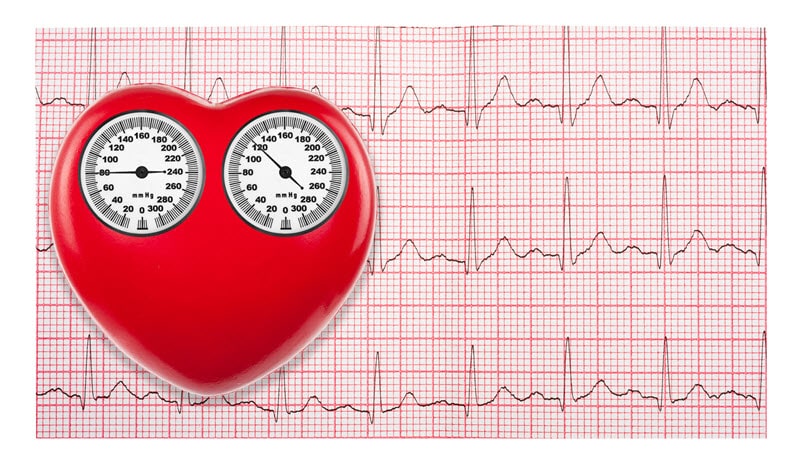Coronary Artery Disorder

Coronary artery disorder or CAD develops when the arteries begin to narrow, or the accumulation of cholesterol causes blockages, reducing the flow of blood, and resulting in the hardening or inflammation of their walls. Often, CAD results from the damage or injury of the coronary artery’s inner layer, leading to the buildup of fatty deposits or plaque on the affected areas, referred to as atherosclerosis.
If untreated, the condition may result in angina, which is associated with heart disease. Some feelings it can trigger across your chest are squeezing, pressure, heaviness, tightening, aching, and burning. It may also lead to symptoms such as indigestion, heartburn, weakness, sweating, nausea, cramping, dizziness, and uneasiness. Complications like heart attacks may occur if your heart cannot receive enough oxygen or blood. Some signs that generally accompany heart attacks include chest discomfort, crushing or mild chest pain, coughing, dizziness, breathlessness, vomiting and nausea, and restlessness.
Currently, CAD has no known cure. However, it’s possible to manage the condition with a combination of positive changes to your lifestyle, such as regularly exercising and adopting a heart-healthy dietary regime. In some cases, medications like beta-blockers and nitroglycerin patches or tablets may be prescribed.










